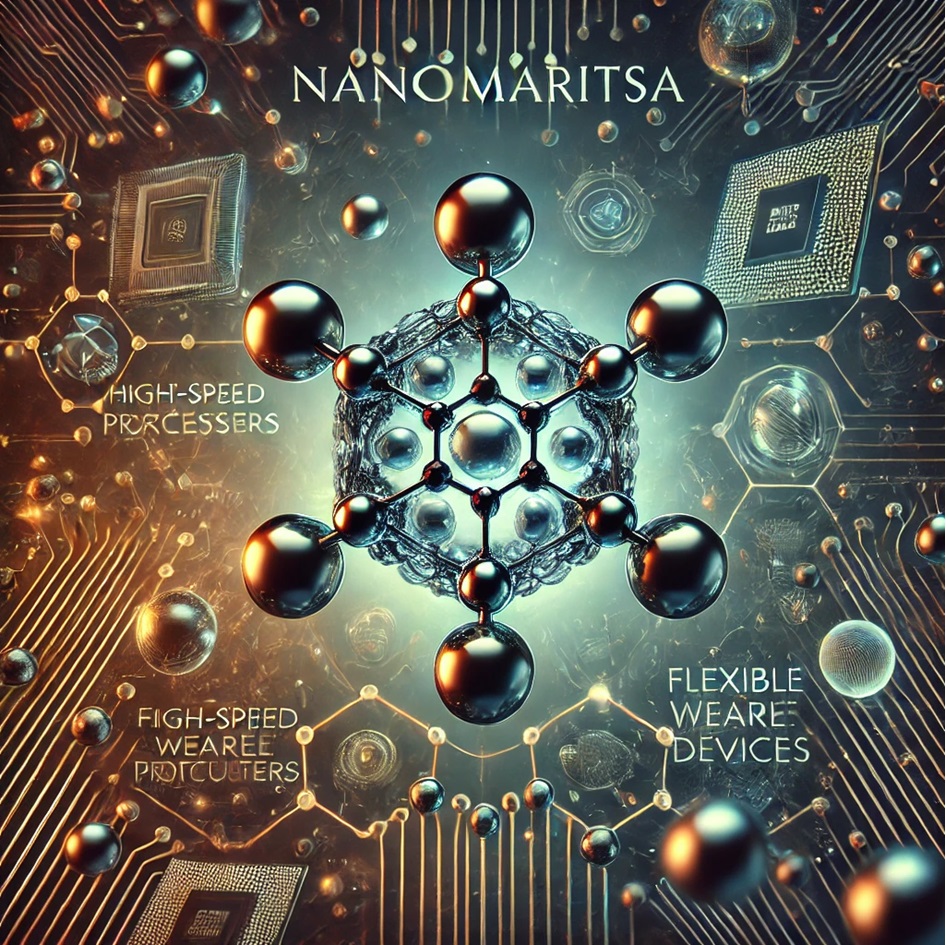Graphene Transistors Unlocking the Future of High-Speed and Energy-Efficient Electronics
Graphene transistors, leveraging graphene’s high electrical conductivity, carrier mobility, and flexibility, are set to revolutionize electronics. Unlike traditional silicon, graphene transistors offer faster processing, energy efficiency, and miniaturization, enabling the development of compact and flexible devices. They have applications in high-speed computing (e.g., quantum computing), consumer electronics (e.g., smartphones, flexible displays), IoT (e.g., smart sensors, wearables), and renewable energy (e.g., solar panels). Research is advancing in graphene field-effect transistors (GFETs), flexible designs, and hybrid materials. Challenges include the absence of a natural bandgap and scalability issues. Future prospects include low-power electronics, AI hardware, and transparent, flexible devices. Graphene transistors are poised to reshape the future of electronics with their speed, efficiency, and versatility.











